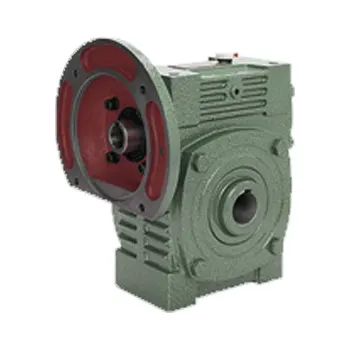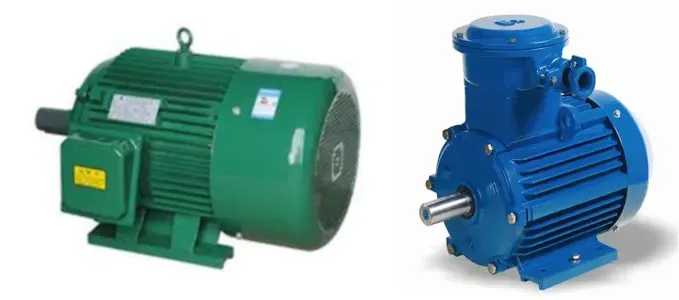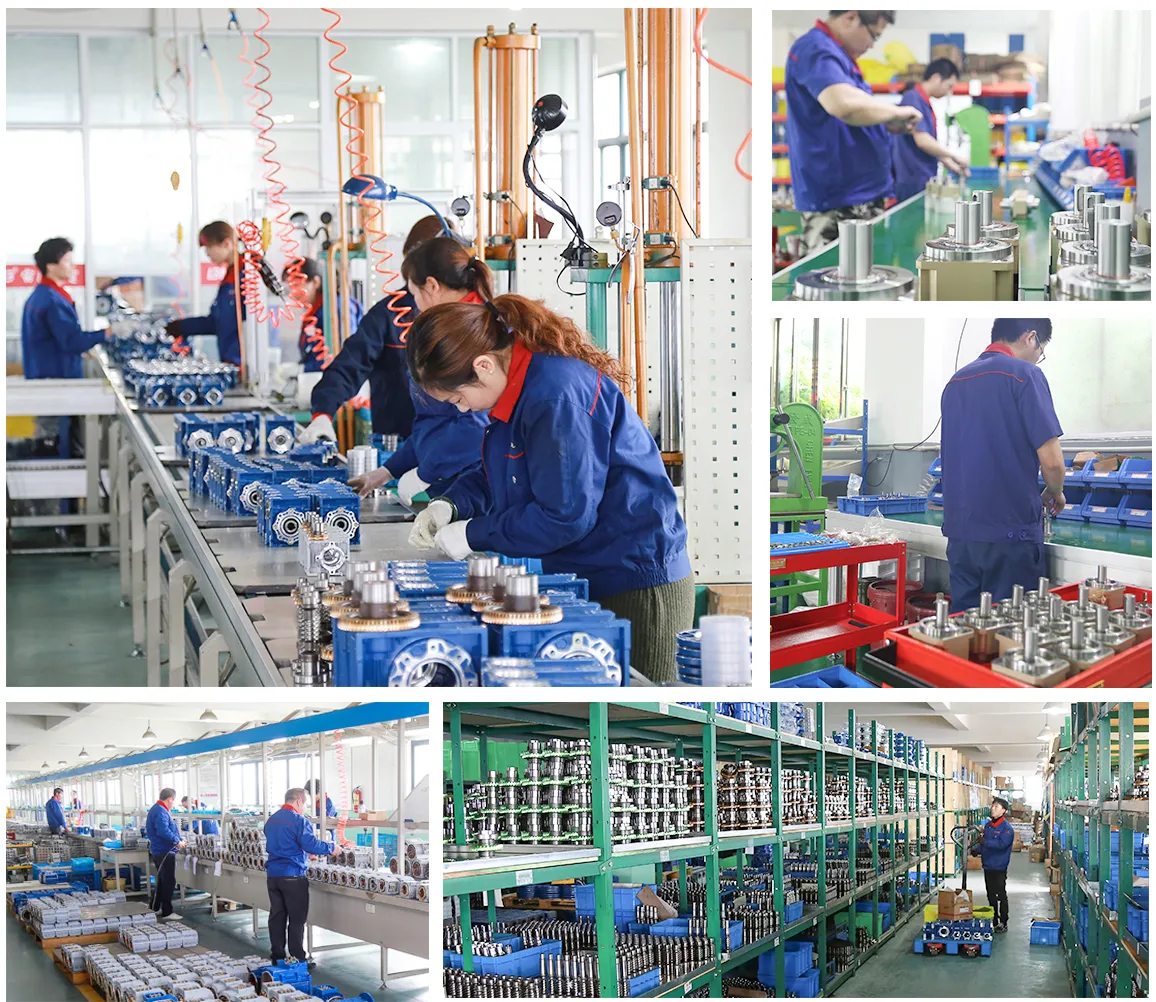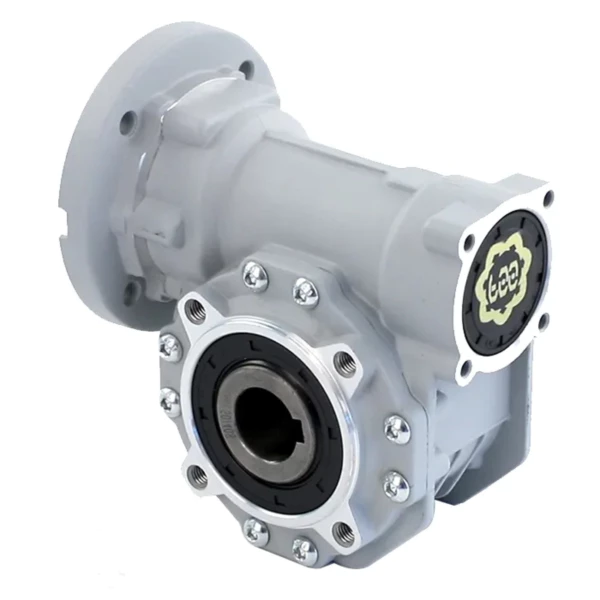
Introduction to Worm Gearbox and its Significance
A worm gearbox, also known as a worm drive reducer, is a type of gear system that employs a worm to reduce rotational speed. It’s a vital component in many industrial and mechanical applications, thanks to its efficiency, torque multiplication, and speed reduction capabilities. Its unique mechanism allows it to precisely control mechanical movement, making it indispensable in precise applications like X-Ray telescopes.
Working Principle of Worm Gear Reducer
The worm gear reducer operates based on the interlocking relationship between the worm and the worm gear. The worm, resembling a screw, meshes with the gear, causing the gear to rotate when the worm turns. This mechanism is responsible for the transmission of rotation and torque, providing the necessary power and control for various applications.
Basic Structure and Composition of Worm Gearbox
Worm Gear
The worm gear is the primary component that interacts with the worm to create a reduction in rotational speed.
Worm
The worm is a screw-like component that drives the rotation of the worm gear.
Input Shaft and Output Shaft
These are the points where power enters and exits the gearbox, respectively.

Why Worm Gearbox is Suitable for X-Ray Telescopes
There are several reasons why a worm gearbox is ideal for use in X-Ray telescopes:
- High Precision: Worm gearboxes are known for their precision, which is crucial in the fine adjustments required in X-Ray telescopes.
- Smooth Operation: The interlocking mechanism between the worm and worm gear ensures a smooth, quiet operation, which is essential in a sensitive environment like space exploration.
- High Torque: Worm gearboxes can provide high torque at low speeds, which is often required when adjusting the telescope’s position.
- Compact Design: The compact nature of worm gearboxes makes them an ideal choice for space-limited applications like telescopes.
- Self-Locking Feature: This feature prevents the system from reverse driving, ensuring the telescope remains in its set position.
Characteristics and Advantages of Worm Gear Motor
The worm gear motor comes with several features and advantages, such as:
- High Efficiency: Despite their compact size, worm gear motors deliver high efficiency, making them energy-saving.
- Long Lifespan: Their robust construction ensures long service life.
- Low Noise: The interlocking mechanism of the worm and worm gear ensures quiet operation.
How to Choose a Suitable Worm Reducer for X-Ray Telescopes
When selecting a worm reducer for X-Ray telescopes, consider the following factors:
- Size: The reducer should fit within the space constraints of the application.
- RPM: Consider the required RPM for the telescope’s motor.
- Torque: The reducer should provide the necessary torque for precise movement.
Motors for Worm Gear Reducers
Choosing the right motor for your worm gear reducer is crucial as they work together to ensure efficient and effective operation of the system. We, as a comprehensive transmission equipment manufacturer, also provide matching electric motors for worm gearboxes.

About Our Company
We are a comprehensive transmission equipment manufacturer, integrating research and development, manufacturing, and sales of speed reducers. With over 15 years of experience, we serve customers globally and have earned a reputable market position. Our commitment to providing high-quality, energy-efficient, and stable products is unwavering. We welcome and encourage you to explore our extensive range of worm gearboxes and contact us for purchase.

FAQs
1. What makes worm gearboxes suitable for X-Ray telescopes?
Worm gearboxes offer high precision, smooth operation, high torque, compact design, and a self-locking feature, making them ideal for X-Ray telescopes.
2. What are the key features of a worm gear motor?
Worm gear motors are efficient, durable, and operate with low noise levels.

3. How do I choose a suitable worm reducer for my X-Ray telescope?
Consider factors like size, RPM, and torque when choosing a worm reducer.
Edited by Zqq.